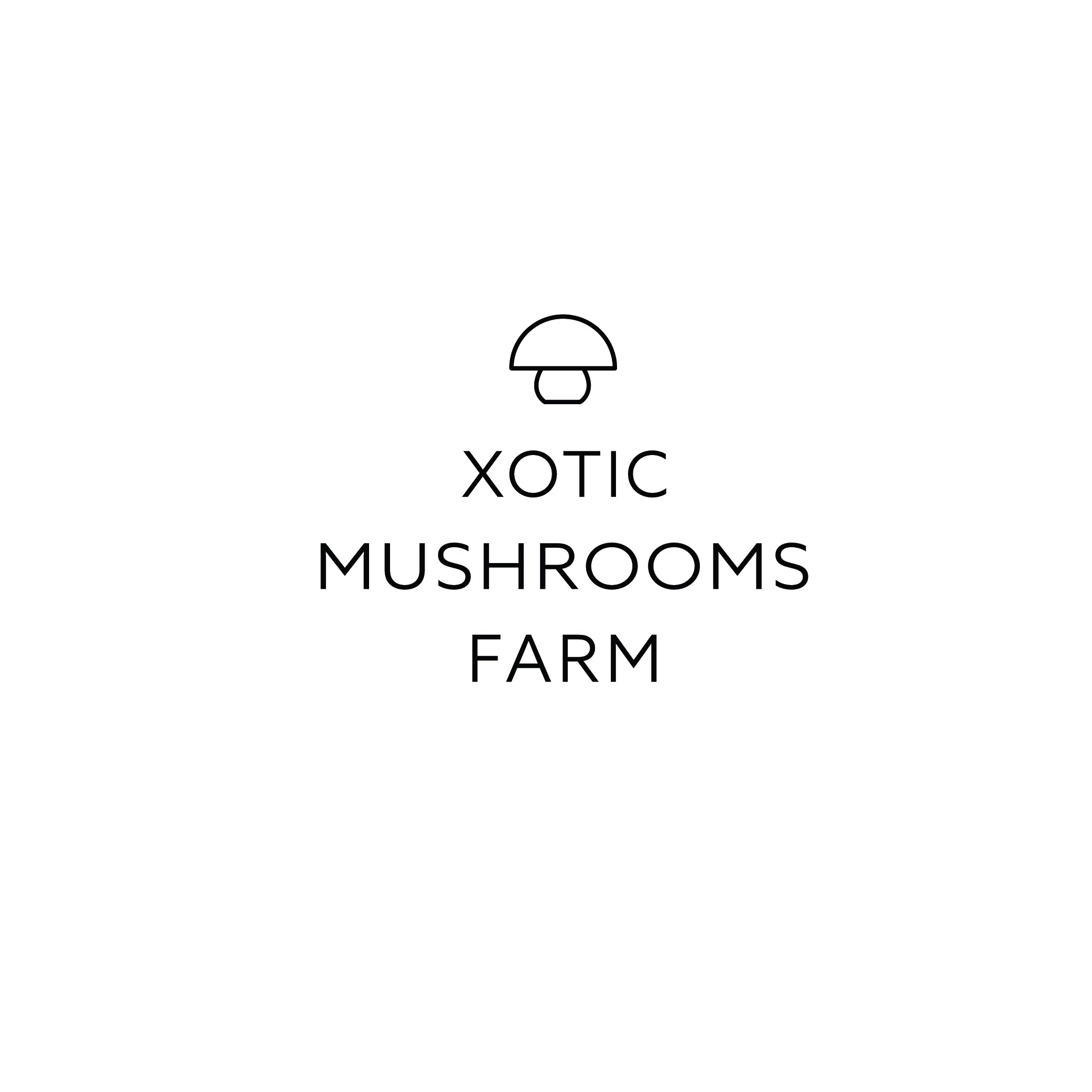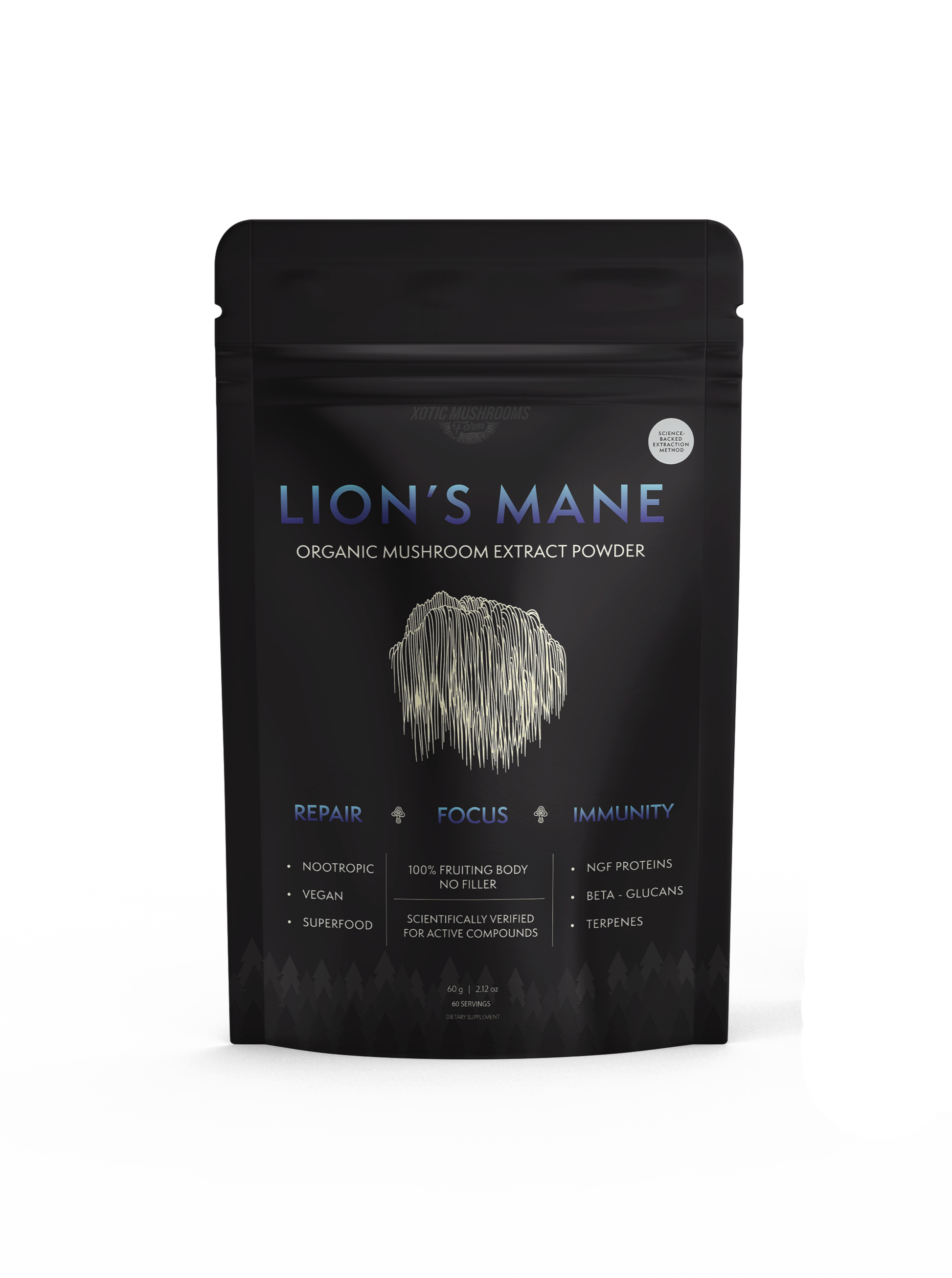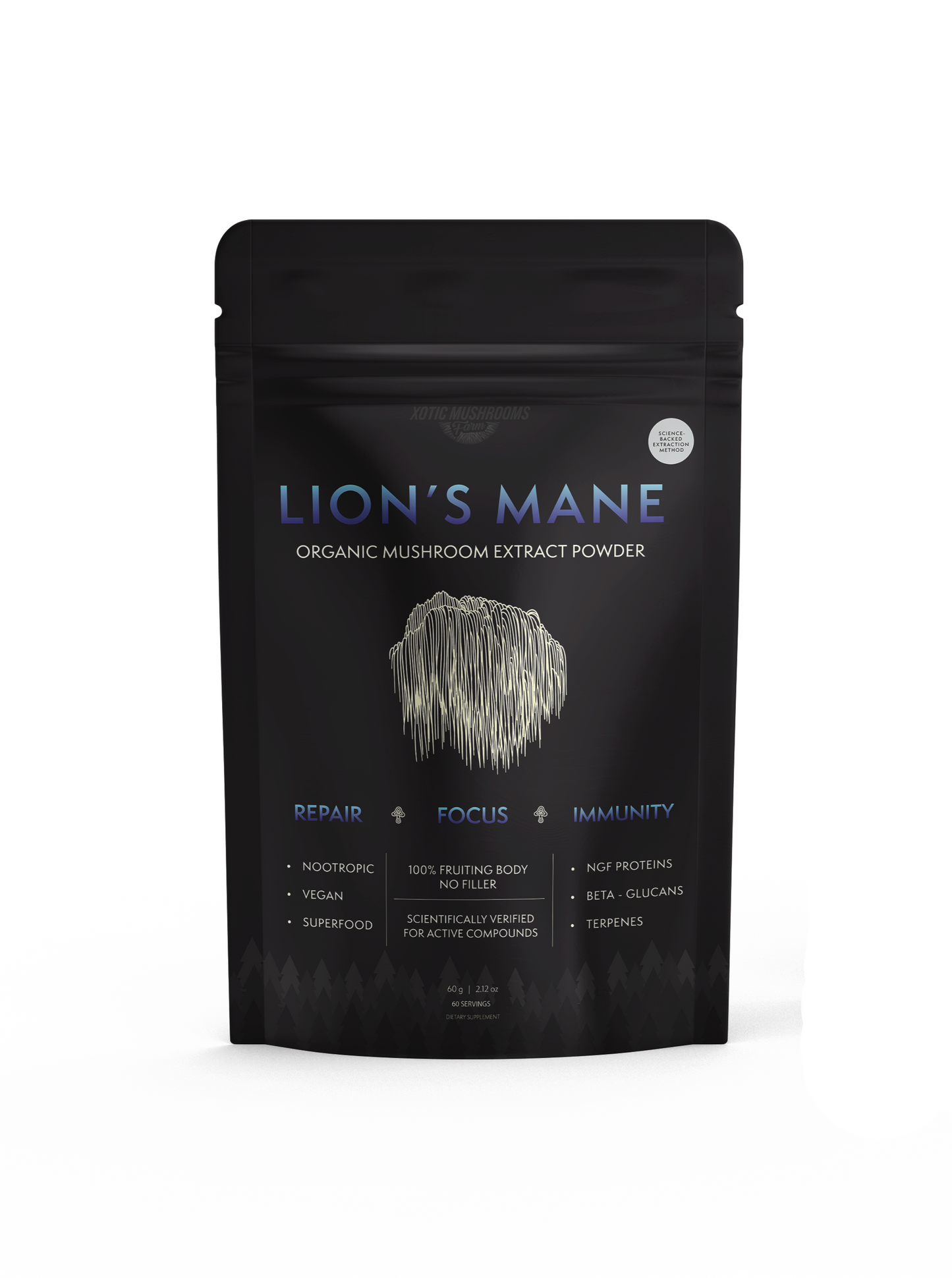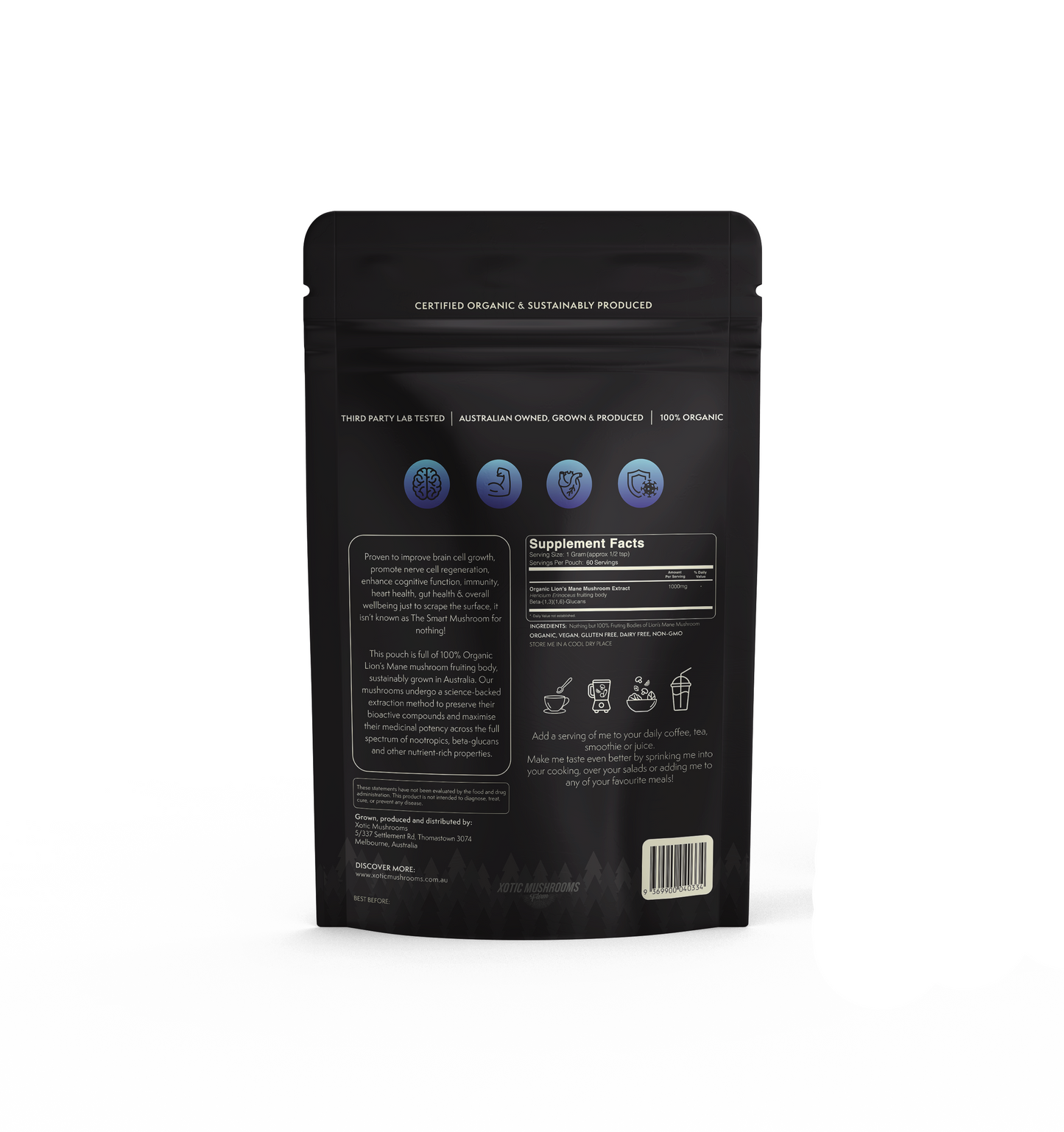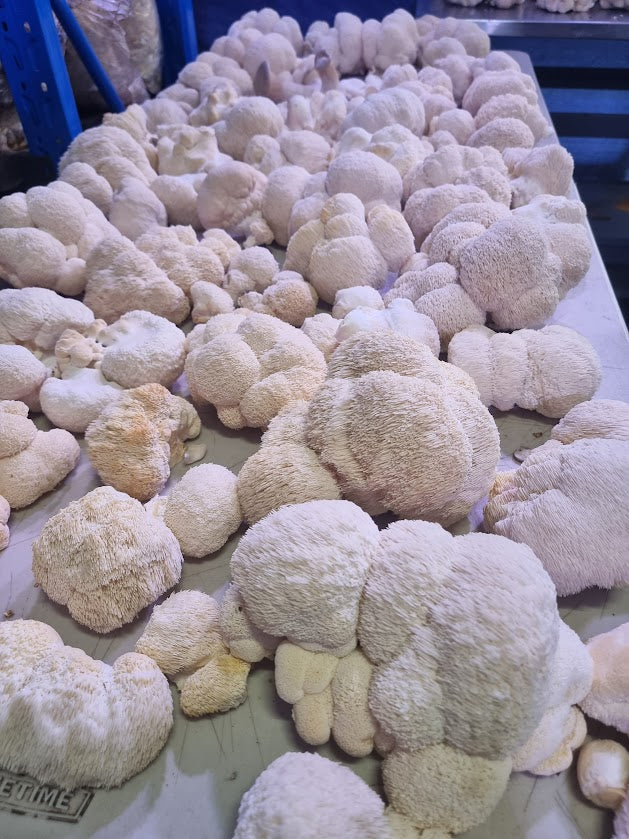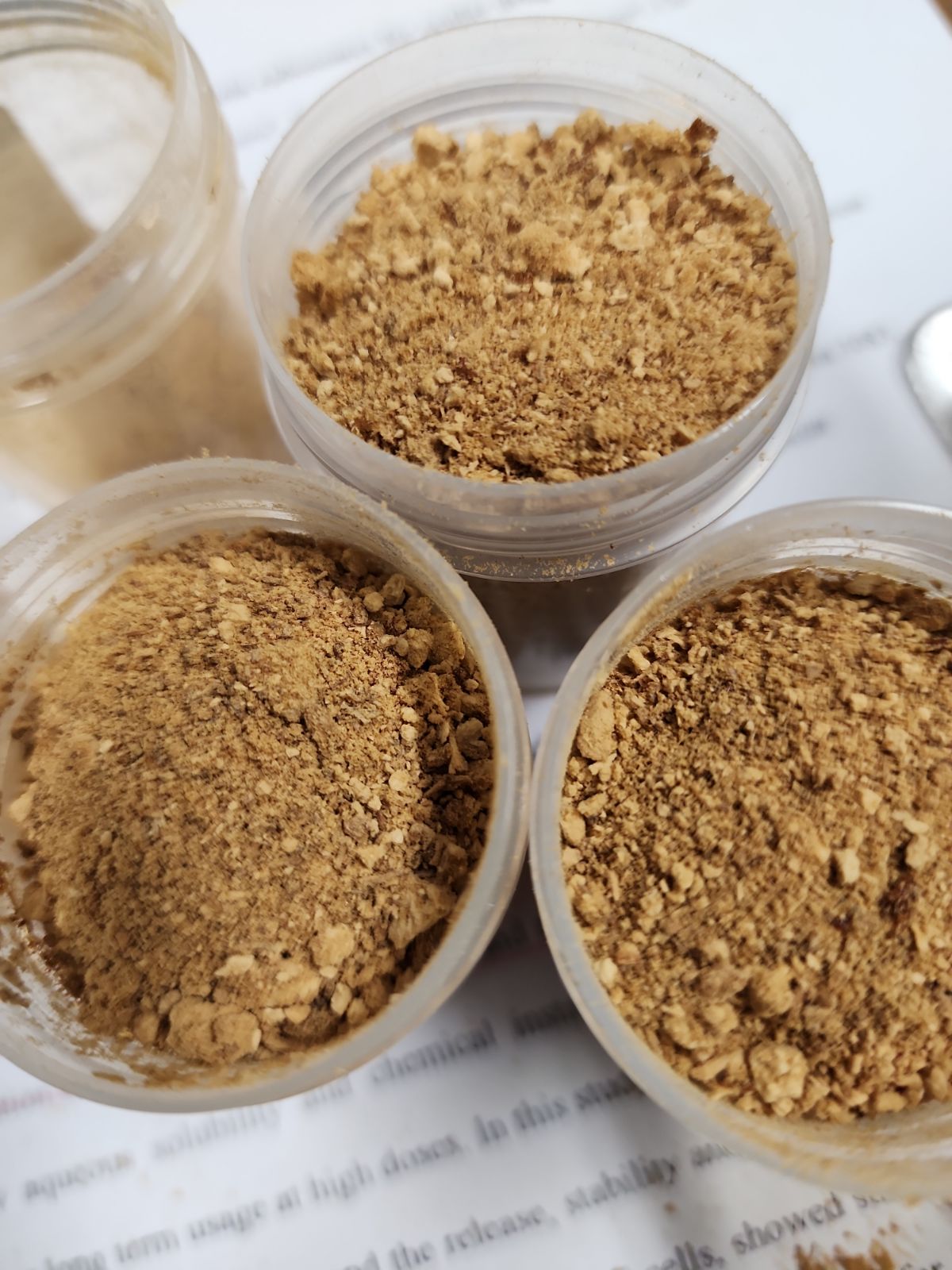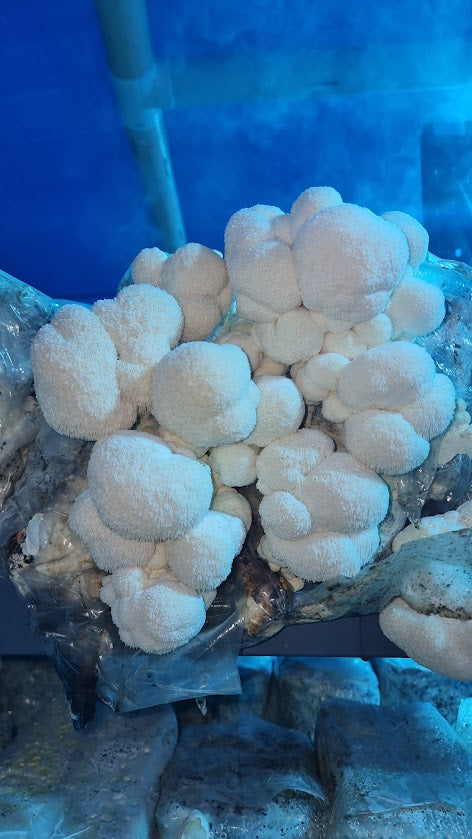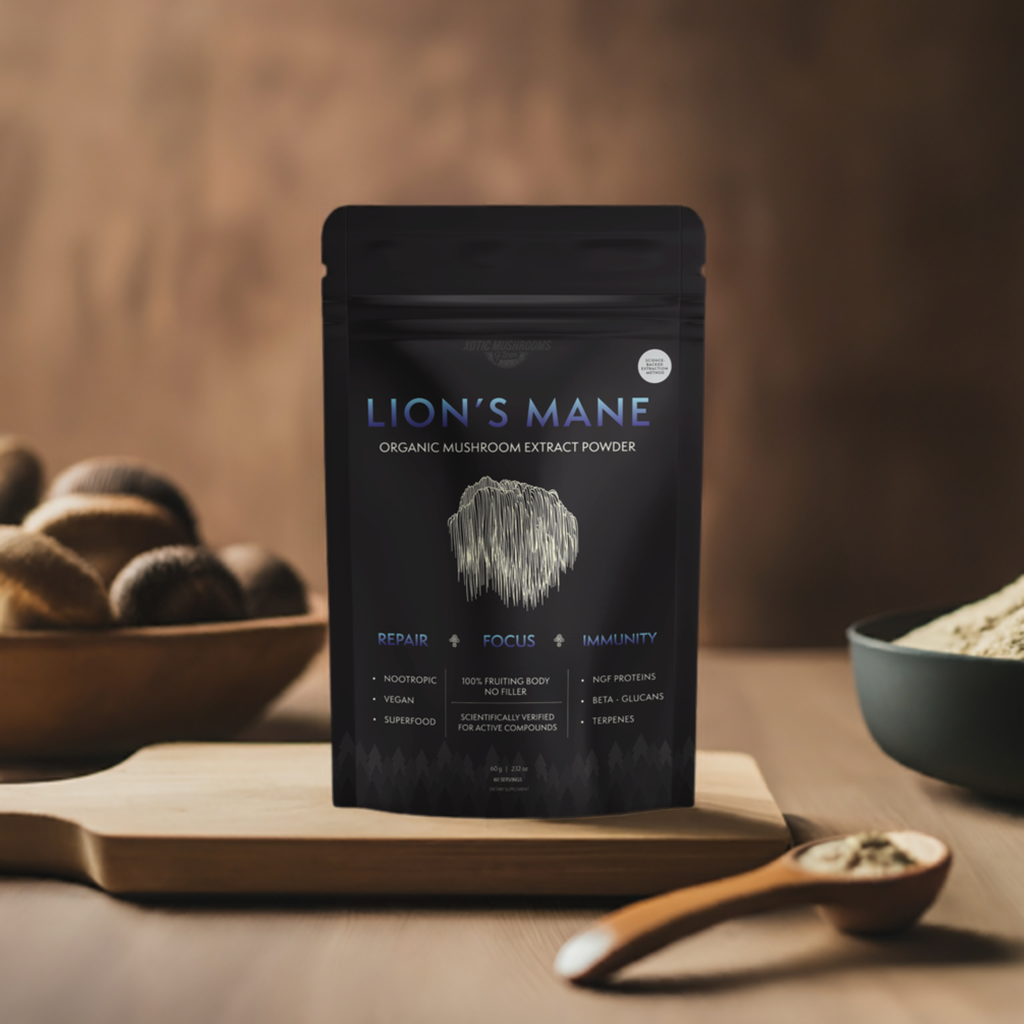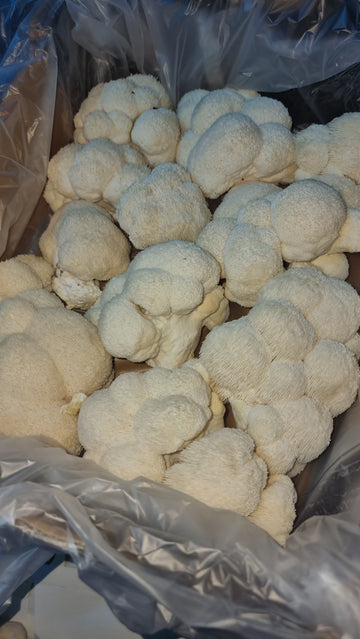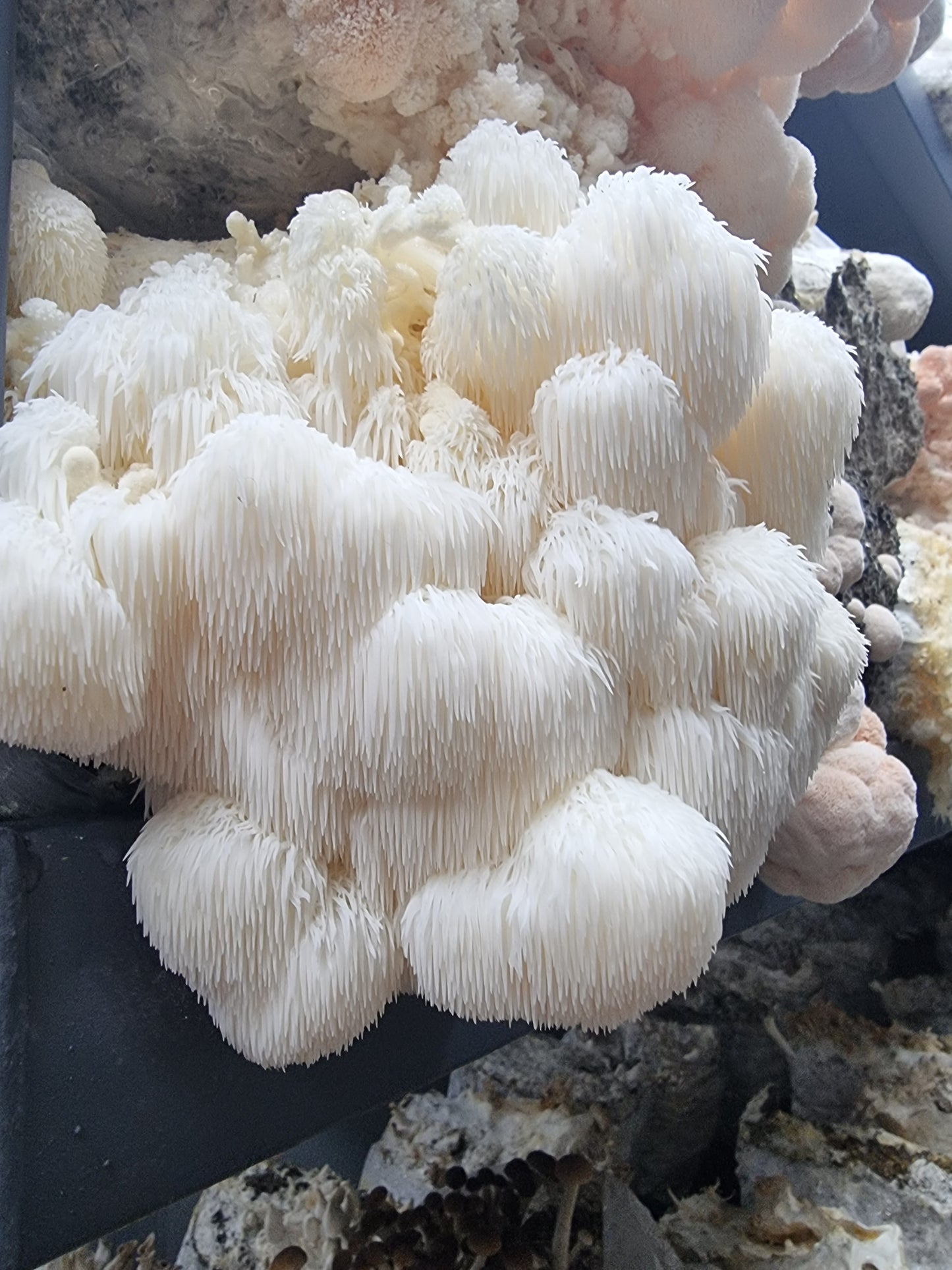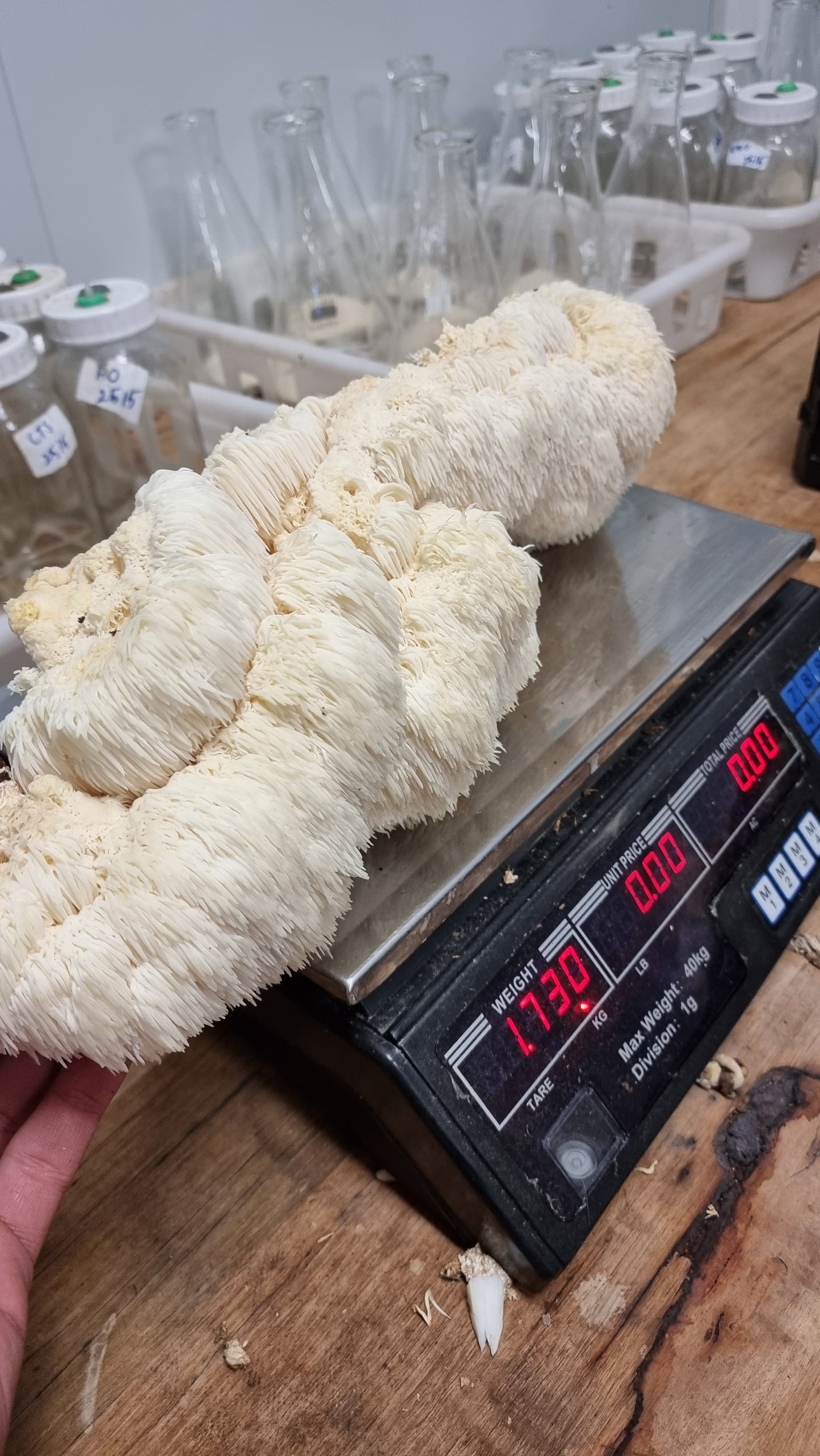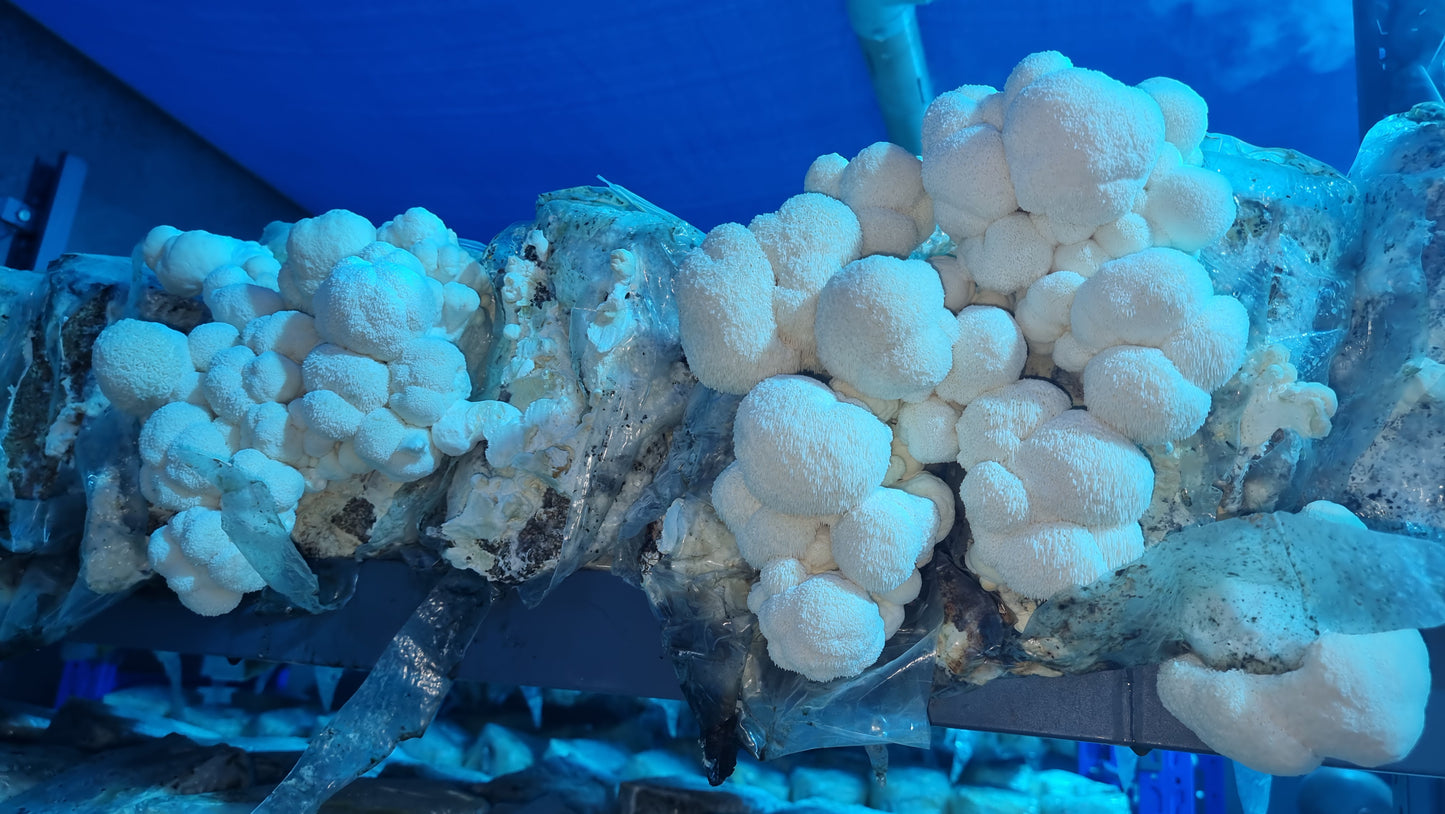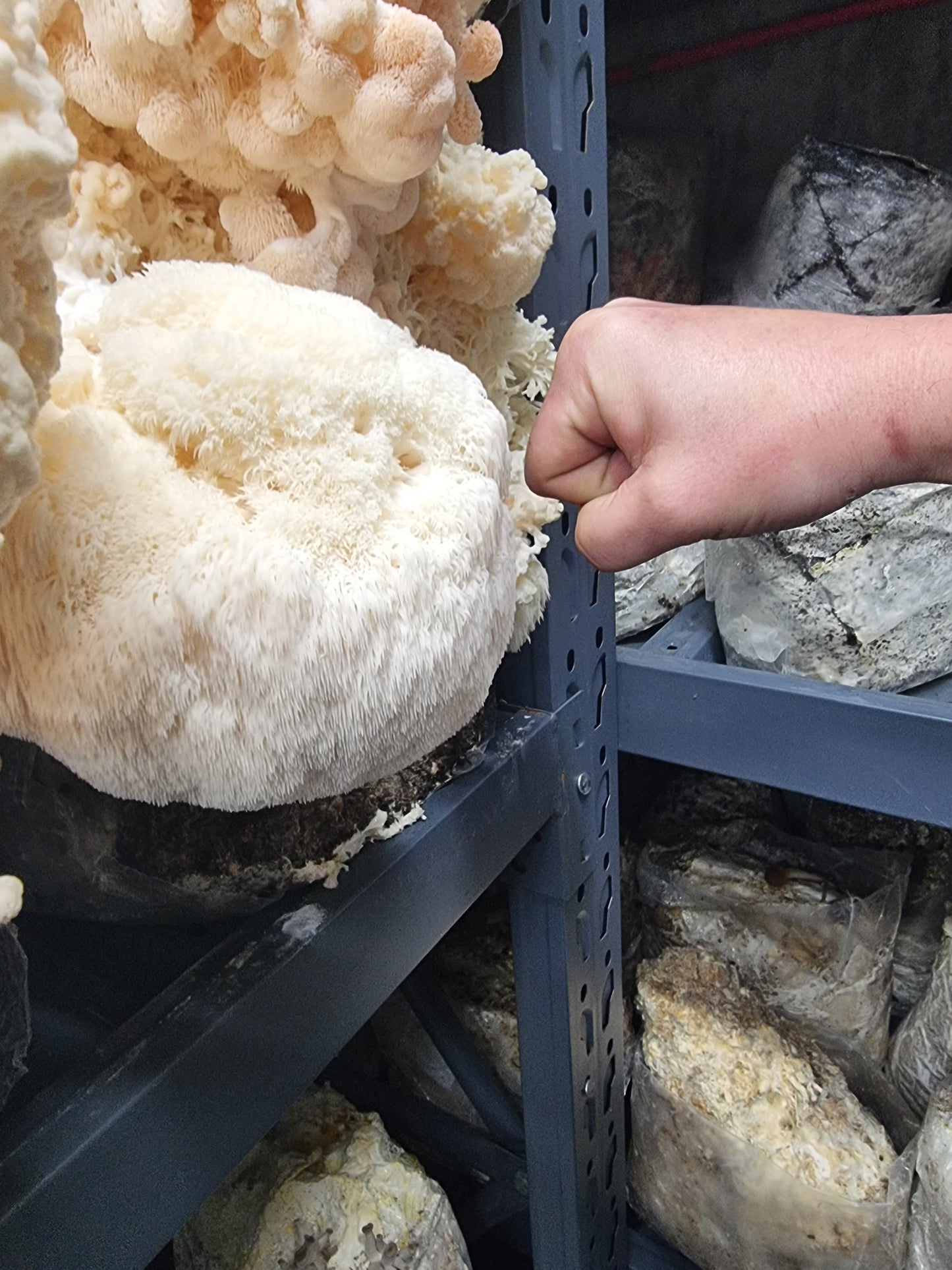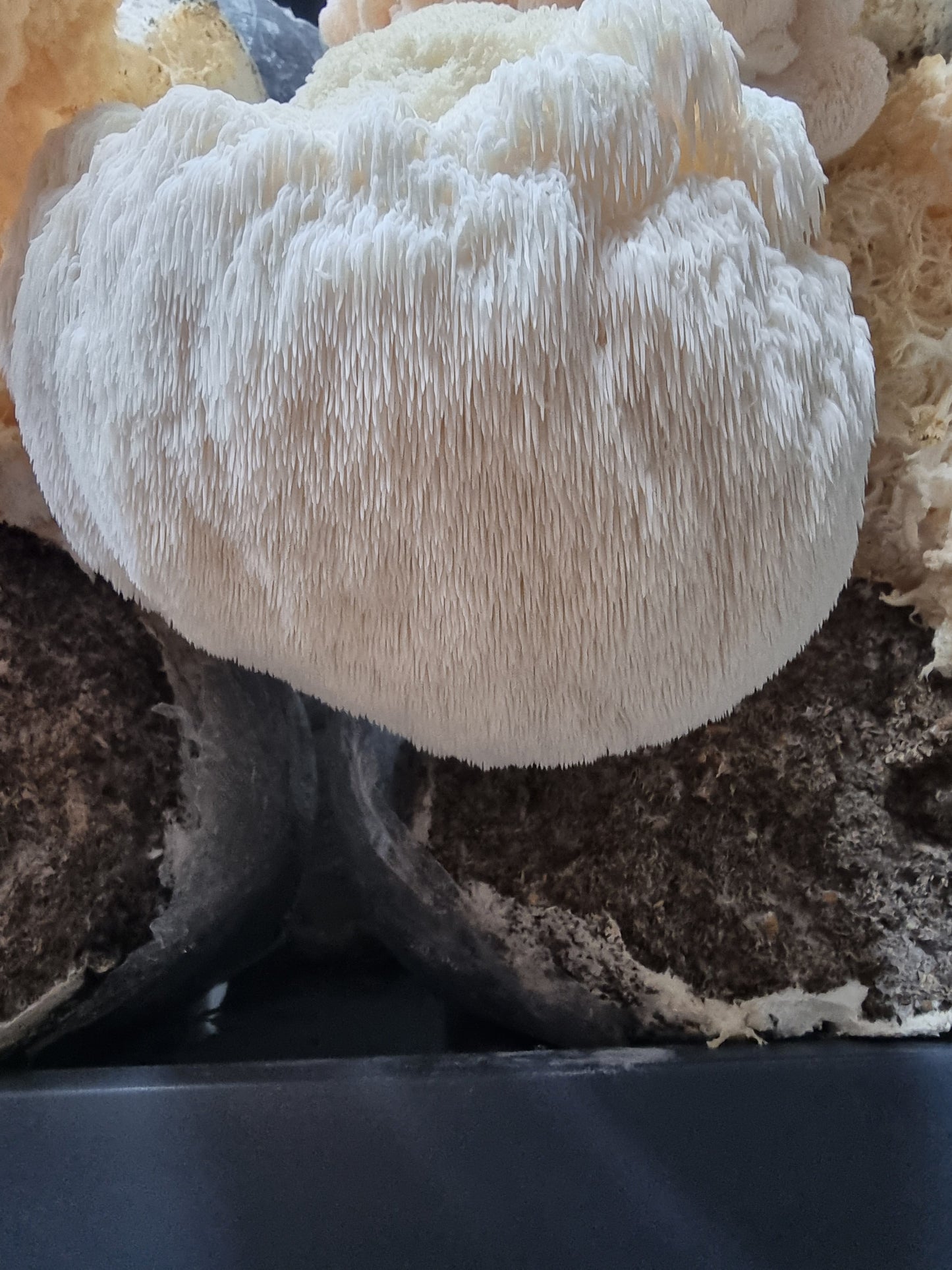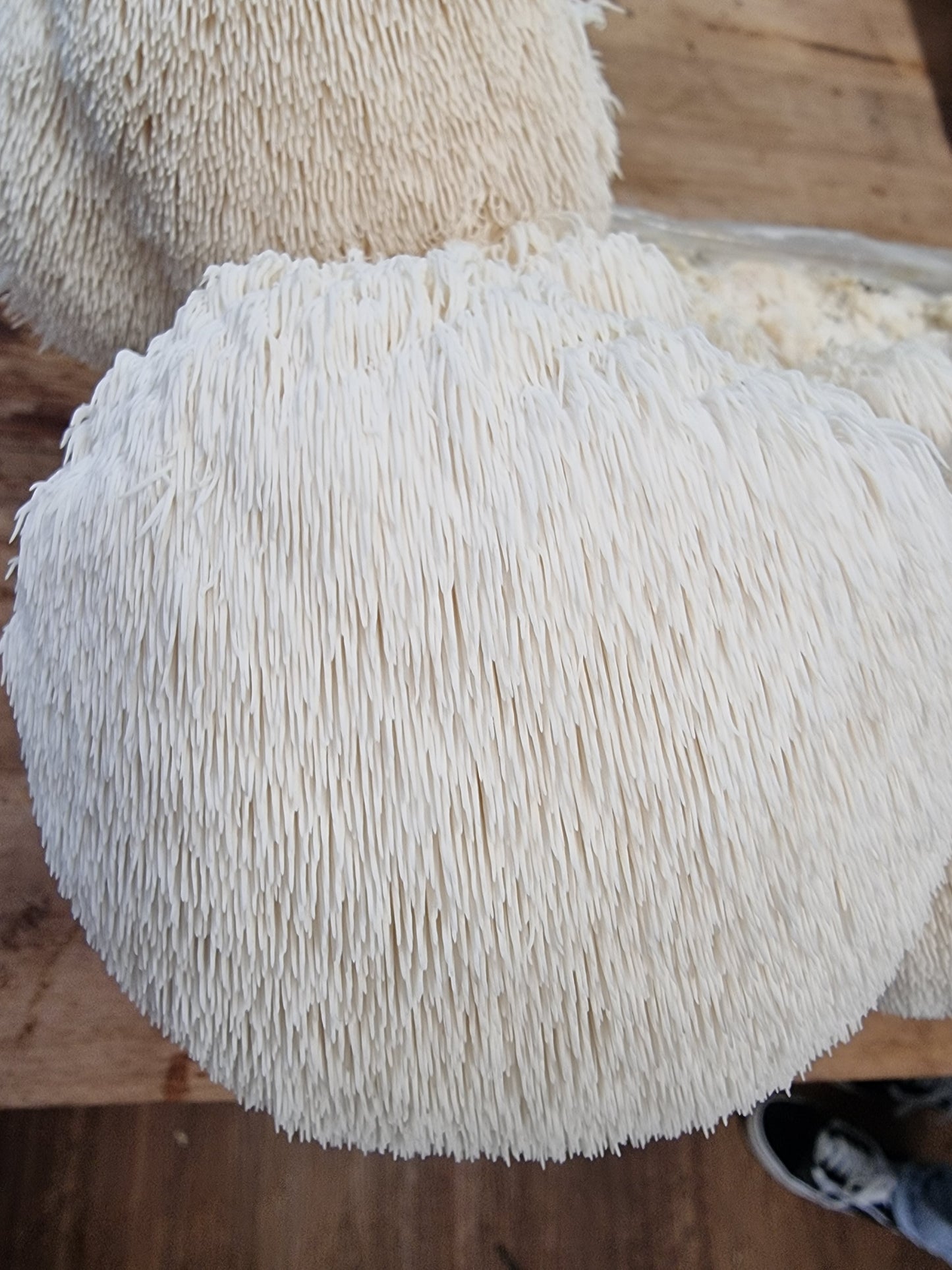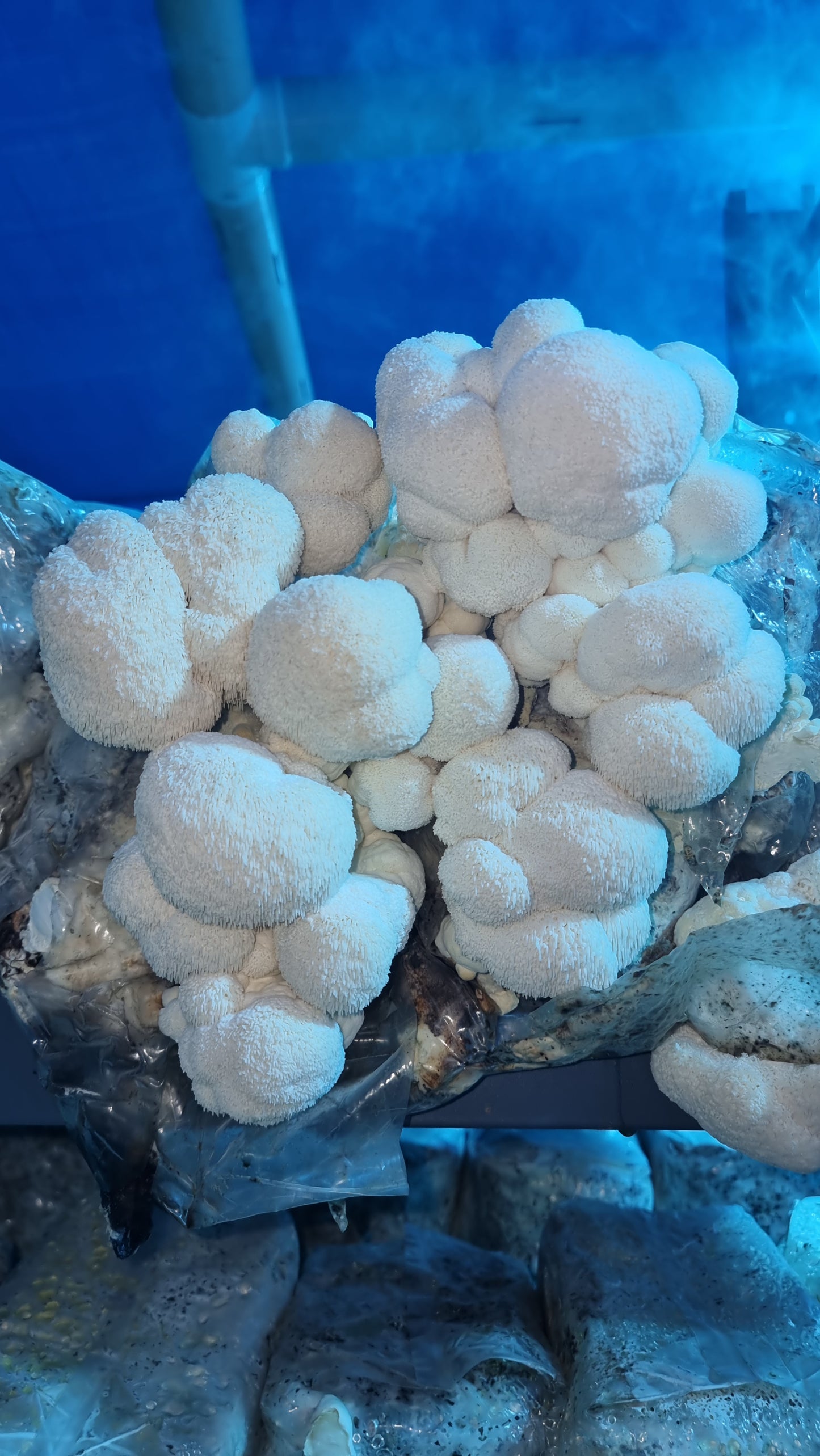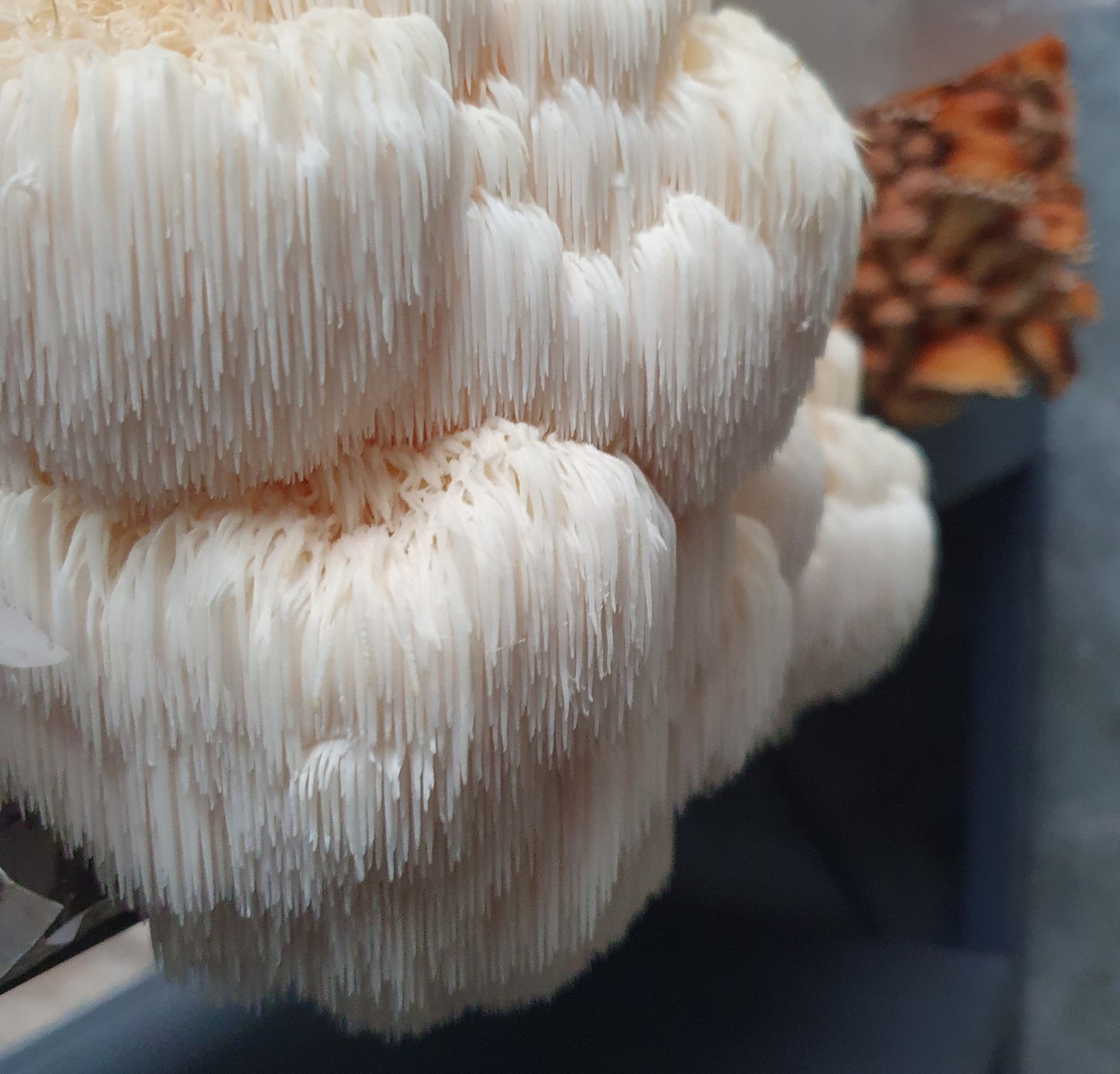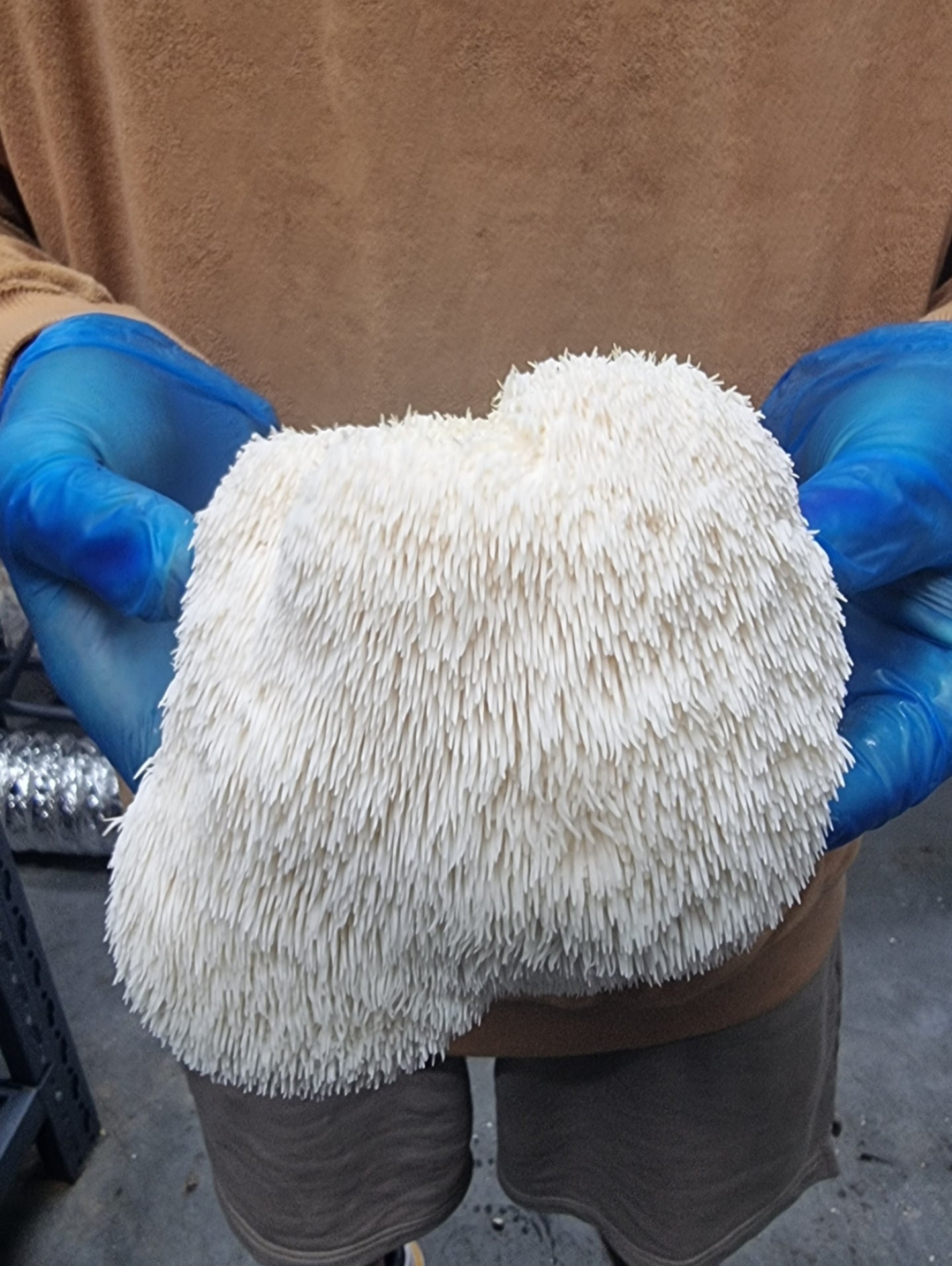Growing mushrooms at home can seem daunting, especially with the variety of species and cultivation techniques available.
Without proper guidance, you might end up with disappointing yields or wasted resources, feeling overwhelmed by the complexities of mushroom farming.
This ultimate guide to growing mushrooms will simplify the process, from choosing the suitable variety to harvesting your crop, ensuring you achieve successful and bountiful results in your home.
1. Choosing the Right Mushroom Variety

Selecting a suitable mushroom variety is crucial for a successful cultivation journey.
When starting your mushroom-growing venture, choosing a suitable variety can make all the difference.
Popular choices include Shiitake mushrooms, known for their rich, earthy flavour; oyster mushrooms, which are versatile and fast-growing; button mushrooms, a staple in many kitchens; and Lion’s Mane, praised for its unique texture and cognitive benefits.
Each variety has specific growing requirements, such as temperature, substrate, and humidity needs. Consider your local climate, available space, and culinary preferences to select a mushroom type that aligns with your goals and environment.
2. Preparing for Mushroom Cultivation

Preparation is essential before you start growing mushrooms. Gather all necessary supplies, including mushroom spawn, substrate, and sterilisation tools. You can opt for pre-made grow kits or create your own setup from scratch.
Ensure your growing environment is suitable, with controlled temperature, humidity, and adequate ventilation. Sterilise your substrate—whether it’s straw, sawdust, or compost—to eliminate contaminants that could hinder mushroom growth.
Setting up a clean and well-organised space will significantly enhance your chances of a successful mushroom crop.
3. Cultivating Mushrooms: Step-by-Step
Growing mushrooms might seem daunting, but with the right approach, it can be straightforward. Follow these detailed steps to cultivate mushrooms successfully:
1. Prepare Your Growing Medium
Begin by selecting a suitable substrate for your chosen mushroom variety. Common options include straw, wood chips, or sawdust. Sterilise the substrate to eliminate any competing fungi or bacteria. Depending on your setup, this can be done through heat treatment or chemical methods.
2. Inoculate the Substrate

Introduce mushroom spores or mycelium to the prepared substrate. This process, known as inoculation, involves mixing the spores or mycelium evenly throughout the medium. Ensure that you work in a clean environment to prevent contamination.
3. Incubate the Substrate
Place the inoculated substrate in a warm, dark environment to encourage mycelial growth. Maintain a temperature and humidity appropriate for the mushroom species you're growing. This incubation period allows the mycelium to colonise the substrate fully.
4. Prepare for Fruiting

Once the substrate is fully colonised, it’s time to induce fruiting. Move the substrate to a cooler, light-exposed area to trigger mushroom growth. Adjust environmental conditions such as temperature and humidity to suit the fruiting phase of your mushrooms.
5. Maintain Optimal Conditions
During the fruiting phase, consistently monitor and maintain the ideal conditions for your mushrooms. Regularly check humidity levels, temperature, and air circulation to ensure a healthy growing environment. Proper ventilation helps prevent mould and promotes healthy mushroom development.
6. Harvest Your Mushrooms

Mushrooms are ready to harvest when they reach their full size but before they begin to release spores. Gently twist and pull the mushrooms from the substrate to avoid damaging the surrounding mycelium. Harvesting at the right time ensures the best flavour and texture.
7. Post-Harvest Care
After harvesting, assess the substrate for any signs of contamination or depletion. Depending on the type of mushrooms and substrate used, you can get additional flushes of mushrooms. Clean up the growing area and prepare for future cultivation.
Patience and attention to detail are critical to a bountiful harvest.
4. Caring for Your Mushroom Crop

Proper care throughout the growth cycle ensures a healthy mushroom crop. Monitor environmental conditions, adjusting temperature and humidity levels as needed. Ensure adequate airflow to prevent mould growth and promote healthy mushroom development.
Check regularly for signs of contamination or pests and address any issues promptly. Proper watering and maintenance are essential to encourage robust mushroom growth and maximise harvest.
5. Harvesting Your Mushrooms
Harvesting mushrooms at the right time is crucial for quality and flavour. Look for signs of maturity, such as fully developed caps and the release of spores.
Different varieties have specific harvest indicators. For instance, Shiitake mushrooms are best picked when the caps are fully expanded, and oyster mushrooms should be harvested just before the caps curl upwards.
Use a sharp knife or scissors to cut the mushrooms at the base, careful not to damage the surrounding growth. Proper harvesting techniques will enhance the quality and shelf life of your mushrooms.
6. Post-Harvest Care

Proper post-harvest care is essential to preserve the freshness and flavour of your mushrooms. Clean them gently to remove debris and prepare them for consumption or storage. If you have a surplus, consider drying or freezing mushrooms to extend their shelf life.
To maintain quality, store fresh mushrooms in a cool, dry place or a breathable container. Additionally, reusing or recycling substrates can benefit subsequent mushroom growth and contribute to a more sustainable cultivation practice.
7. Advanced Growing Techniques
For those looking to elevate their mushroom-growing skills, advanced techniques offer exciting possibilities. Indoor vs. outdoor growing presents different challenges and benefits, with indoor setups allowing more control over conditions.
Speciality substrates like coffee grounds or wood logs can enhance mushroom yields. Hydroponic systems and other innovative methods can also be explored for improved efficiency and production.
Experimenting with these techniques can lead to more diverse and plentiful harvests, catering to personal and commercial needs.
8. Sustainability and Best Practices

Embracing sustainable practices benefits both you and the environment. Sustainability in mushroom cultivation involves adopting eco-friendly practices that reduce waste and environmental impact.
Recycle and reuse substrates whenever possible, and consider composting spent mushroom material to enrich the soil. Opt for sustainable growing methods that minimise resource use and promote environmental health.
Conclusion
Growing your mushrooms can be a rewarding and educational experience. By following this ultimate guide, you’ll be well-equipped to navigate the entire process from start to finish.
Embrace the challenge and start cultivating your mushrooms today for a fresh, home-grown harvest!
